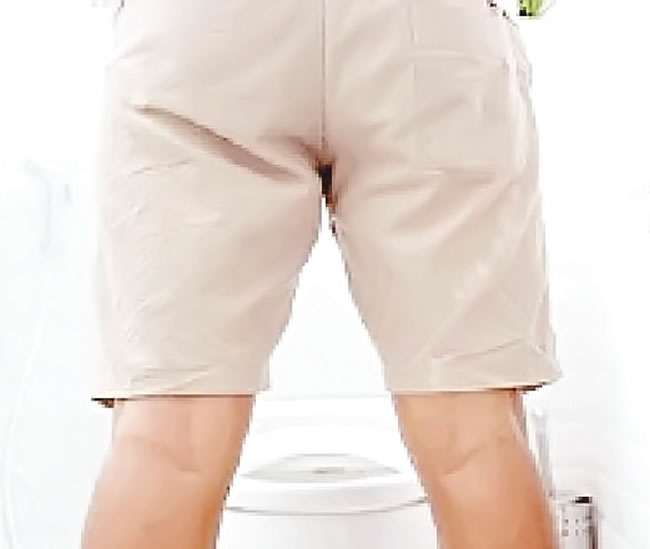Many people may go barefoot at home. However, many people walk or even work out barefoot every day. Parents are advised to let their toddlers walk spontaneously and without shoes at this time because shoes can influence how a child uses their foot’s muscles and bones.
Walking barefoot helps children become more aware of their bodies in space and gives them input from the earth. Even though it’s generally safe to walk barefoot within the house, as kids age, we force them to wear shoes all day.
Is it bad for kids’ feet to be barefoot? Our ‘natural’ gait, or walking pattern, is restored when we walk barefoot more precisely. “From the orthopaedic point of view, walking without shoes will cause no harm, par say. It does not lead to problems with the foot; I am not aware of any disadvantages of not wearing shoes. It is when you wear high heels that it may give you problems with back pain,” said Dr Abraham Anejukwo, a consultant orthopaedic surgeon at the University College Hospital, Ibadan.
Dr Anejukwo added, “Shoes are not just for fancy; they are to protect the sole of the feet and also the upper part from trauma and invasion by germs. If there is a cut and you are walking barefooted, tetanus and other organisms can enter, so it is best when your feet are covered.”
The expert, however, declared that proper choice of footwear and its use are directly relevant to foot health, especially that of children.
“It is when you don’t wear the footwear properly or you wear an inappropriate one that it can affect posture and, as such, become a challenge,” he added.
Dr Anejukwo stated that children with congenital deformity in the leg shouldn’t walk barefoot because their specialised shoes, being part of their treatment, are supposed to help correct the deformity in their legs.
“The skin becomes thick on the part of the leg they put on the ground, so that is one disadvantage of not wearing shoes in that situation. We prescribe shoes for so many reasons; at times you might need to put on an insole, something to soften the shoe. For patients with a shortened limb, we put a shoe raise, again mimicking nature, to ensure the legs are balanced.”
“They are expected to wear these recommended shoes all the time; it might not be fanciful because shoe raises are not beautiful, but if they have been prescribed based on research of several years, and when they are prescribed, they are going to help the individual both in the short and long term.”
Dr. Taiwo Soyinka, also a family physician at the University College Hospital, Ibadan, stated that although there are many schools of thought on the merits and demerits of walking barefooted by children, doing so for children in an environment with filth could be inimical to good health in a child.
According to her, “There are some infections that easily penetrate the skin, apart from diseases like tetanus entering the body through cuts on the skin. These organisms can lead to infections that change the appearance, smell, and comfort of the foot, such as an athlete’s foot or fungal nails. Some of these organisms first infect the skin, and then they may infect the nails, leading to thickening, discolouration, and brittleness of the nails.”
Dr Soyinka declared that in cold climates, walking barefoot exposes the child to developing hypethermia. When they wear socks or shoes, their feet will not have direct contact with the cold floors.
Most individuals don’t walk barefoot every day for a very good reason, though: they run the risk of stumbling on their toe or stepping on anything sharp that pierces or slashes their flesh. Additionally, walking barefoot might put stress on your muscles and bones.
Miguel Cunha, a podiatrist based in New York City, stated, Walking barefoot on hard surfaces causes our foot to collapse, which can lead to a tremendous amount of stress not only to the foot but to the rest of the body too. Over time, this can lead to heel or arch pain, shin splints, and tendonitis (inflammation of a tendon).”
READ ALSO: Four reasons you shouldn’t walk barefoot in public

 3 hours ago
2
3 hours ago
2













